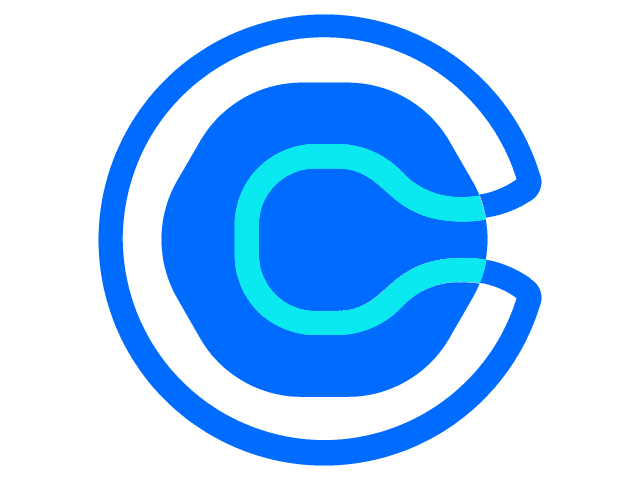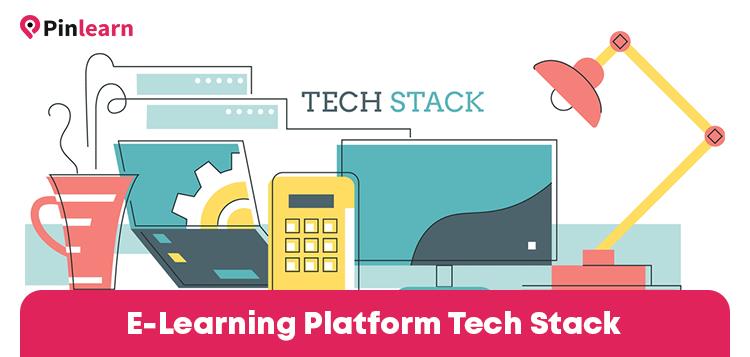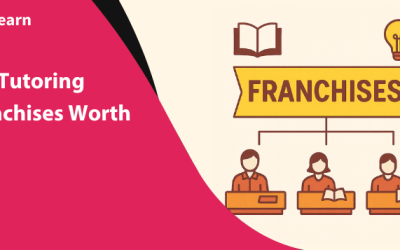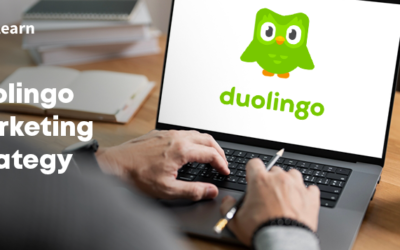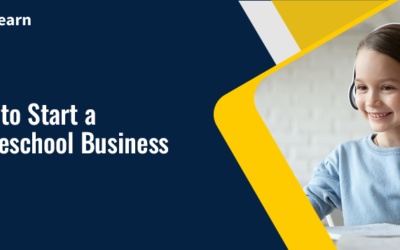E-Learning Platform Tech Stack: What You Need to Know?
With an influx of e-learning platforms, performance and scalability are more detrimental than ever. Choosing the right e-learning tech stack can help your platform stand out.
E-learning platforms are no longer limited to a single category. You can build your authority as a course marketplace, tutoring platform, or corporate LMS! Most organizations adopt a multi-layered technology stack based on learning goals.
Are you planning to build an e-learning platform? Know about the e-learning development stack to storm the market!
Why Choose the Right Tech Stack for Your E-learning Platform?
Your choice of tech stack can make or break your e-learning platform. With the different technologies available, choosing the right one can be challenging.
Here’s how choosing the right e-learning tech stack benefits you:
Performance
The quality of learning decides the success of an e-learning platform. Course completion rates, engagement rates, and retention rates are some platform metrics. A robust tech stack can accommodate a large number of users and data — and all this with minimal downtime and outages!
Scalability
As your platform grows, it must be able to take in traffic and large data volume. But, most platforms struggle to scale! That’s where a robust infrastructure helps significantly. It comprises frameworks, languages, databases, libraries, etc., ensuring reliability.
Security
E-learning platforms often host personal and sensitive information. Corporate platforms could include confidential courses and business data. Cyber attacks increase the risk of exposing this data. The right stack ensures your platform complies with industry standards and practices.
User Experience
How do users interact with your platform? Do they find it intuitive or clunky? A well-chosen tech stack could make it seamless! Include responsive technologies that support learning across different devices.
Development Cost
Admit it or not, your e-learning platform cost is a huge stumbling block. Is this stopping you from building your dream e-learning platform? The right tech stack could be the key! Consider open-source frameworks like Moodle, Canvas and frameworks like Django and Node.js.
Project Timeline
Do you need a frictionless and quick development process? Use reusable frameworks for shorter development cycles.
With cross-platform technologies like Flutter and React Native, you can release apps on both iOS and Android.
What is the Right E-Learning Platform Tech Stack?
Now, you know the essential role of choosing the right e-learning development stack!
Popular technology stack for e-Learning platforms include:
Front-End Technologies
Choose tech stacks that build intuitive and navigable e-learning platforms. Use technologies with pre-built frameworks for agile development.
Front-end Technologies:
Frameworks – React.js, Vue.js, Angular.js
Styling & Interactivity– HTML5, CSS3, Javascript
Back-End Technologies
Back-end development means optimizing for servers, storage and data delivery. From user authentication to progress tracking and handling data requests, it’s the backbone of your platform.
Back-end Technologies: Ruby, PHP, Node.js, Django, Java, PHP
Node.js is suitable for real-time applications. Django and Ruby are extensive frameworks perfect for scalable and productive platforms.
Database
Databases is a storehouse of course information, and user & learning data. They are great for personalized learning and informed data-driven decisions.
Database: MongoDB, PostgreSQL, MySQL, Firebase
Choose databases that handle large volumes of real-time data requests and complex queries.
Cloud Services & Hosting
Scale and manage your learning resources at large-scale with cloud hosting.
Cloud Services: AWS, Google Cloud, Azure
Integrate cloud services to adapt to changing organizational needs.
E-learning Platform-Specific Integrations
A robust e-learning platform includes extensive customization and integrations. The layers of technology depend on the e-learning platform type and learning goals.
Web Conferencing API: Zoom SDK, Lessonspace, BigBlueButton
LMS: Moodle, Canvas, Blackboard Learn
Gamification: Kahoot, Quizlet, Classcraft
Video Hosting: Vimeo, Kaltura, Wistia
Content Management: Scorm and xAPI (trackable e-learning content), HP5 (interactive learning content)
Course Creation & Management: Open edX
Payment Gateway Integration
A reliable payment gateway is crucial for convenient and secure payments. Learners pay for tutoring sessions, courses, and certificates.
Payment Gateways: Stripe, PayPal, regional gateways (like Paystack, PayFast)
Ensure your payment gateway is PCI-DSS compliant and uses encryption.
Other Third-Party Integrations
From a seamless login to timely reminders, your platform needs several third-party integrations.
E-mail Notifications: SendGrid, SpartSpot, Mailchimp
Authentication: OAuth, JWT, SSO
Analytics: Google Analytics
Popular Tech Stacks Used By E-learning Platform
| E-learning Platform | Platform Type | Tech Stack |
| Udemy | Course Marketplace | Front End – React.js
Back-end – Python-Django Cloud Hosting – AWS Database – PostgreSQL, Redis |
| Wyzant | Tutoring Marketplace | Front End – Vue.js, jQuery
Back End – Ruby on Rails, Node.js Database – MySQL, Redis |
| Duolingo | Language Learning App | Front End– Javascript, Backbone.js
Back End – Python Database– MySQL, PostgreSQL |
| Docebo | Corporate LMS | Front End – React.js
Back End – PHP Database -MySQL |
| Disco (AI-powered cohort-based learning platform) | Social Learning Platform | Front End – React.js/Vue.js
Back End– Node.js or Ruby on Rails Database – PostgreSQL or MongoDb |
Factors for Choosing the Right Technology Stack
Your choice of right e-learning tech stack depends on:
-
Project Complexity and Size
The first step to finding an ideal tech stack is to find your platform’s purpose and goals. You can build a course marketplace like Udemy, a tutoring platform like Wyzant, or even a corporate training LMS like Docebo.
This helps to choose the necessary tools & software. Here, factors like performance, scalability, accessibility comes into play. Pre-built or ready-made scripts are better for complex interfaces.
-
Target Audience
Another key factor is your target audience’s goals and needs.
Does your platform cater to students, businesses, or professionals? Different audiences need unique features in their platform.
For example, K-12 students prefer interactive and gamified features. In contrast, corporate learners prioritize certifications, security, and mobile learning.
-
Scalability
Plan your platform’s bigger picture. How will you manage the surge in users and loads of data? Scalable frameworks help seamlessly transition platform growth. For example, Node.js is a viable back-end technology for real-time transactions. Cloud services like AWS and Azure expand scalability.
-
Ease of Maintenance
Maintenance and support cost incur 5% – 15% of development cost. Easier maintenance facilitates easier team handoffs, rolling in new features, and minimal disruptions. Use popular and well-documented technologies for easier transitions!
-
Budget
The right tech stack balances functionalities and planned budget. Running on a limited budget? Consider free and open-source tools. Adopt MVP development that prioritizes essential features and functionalities.
⚡Related Reads: How to choose the right tech stack for tutoring business?
The Bottom Line
Keep an eye on the market trends and technologies in the e-learning industry. Factors like project complexity, scalability, and maintenance support are crucial for your tech stack.
Finding the right e-learning tech stack seems to be an intimidating maze. Then, pre-built e-learning clone scripts help you break through the maze! Pinlearn is built on MEAN tech stack technology with 100% open source code access.
For live tutoring, it uses Zoom SDK and has a Stripe payment gateway built into the script. It has a calendar scheduling feature and self-paced course creation.
Build the next-generation e-learning platform leveraging Pinlearn’s cutting-edge technology!
Let’s get in touch to see if Pinlearn can help you scale your e-learning business!
FAQs for E-Learning Tech Stack
1.What are commonly used technologies for e-learning platforms?
The standard e-learning tech stack include:
- Front-end: Vue.js, React.js,
- Back-end: Node.js, Ruby on Rails
- Database: PostgreSQL, MySQL, MongoDB
- Cloud Services: AWS, Azure, Google Cloud
2. What are the key security features for e-learning platforms?
The important security features are:
- Strong authentication
- Data Encryption
- User-based role access
- SSL encryption
- Data Protection
- Secure payment gateways
3. Which tools help you scale your platform?
Technically, cloud services, caching, CDN, and load balancers help in scaling your e-learning platform.
4. What are the third-party integrations for your e-learning platform?
Following third-party integrations are essential:
- Video Hosting: Vimeo, Kaltura, Wistia
- LMS: Moodle, Canvas, Talent LMS
- Email API: SendGrid, Mailchimp
- Video Streaming API: Agora, Zoom, Lessonspace
- Payment gateways: Stripe, PayPal
